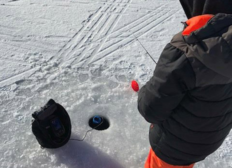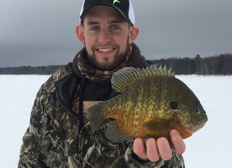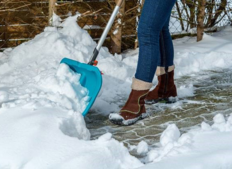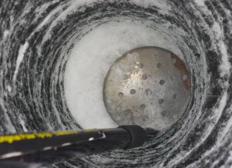|
|
|
Feb. 3, 2022
Stay informed! Here’s a summary of upcoming fisheries and habitat management activities and ways you can discover, explore and experience Minnesota’s outdoors.

DNR grants help children begin a lifetime of outdoor experiences
We’re pleased to announce another phase of the extremely popular No Child Left Inside grants. These grants help more children cast a line, study animal tracks, hike or bike, or simply learn more about nature. Public entities and nonprofit organizations serving youth under age 18 can apply for these grants and applications must be received by 2 p.m. on Thursday, March 10.
There will be an informational webinar at 3:30 p.m. Thursday, Feb. 17, to review grant requirements, the application process and to answer questions. Pre-registration is required, and we’ll post a recording online for those who are unable to attend.
More details: Learn more about how to apply
|

Keeping pike? Minnesota has pike zone regulations
If you want to keep northern pike this fishing season, double check regulations and be prepared to measure your fish. Minnesota has three northern pike zones that apply to inland waters and reflect the differing characteristics of pike populations across the state. You can find those zone regulations, including a zone map, on the DNR website and in the Minnesota Fishing Regulations handbook.
Throughout the state, special regulations that cover individual lakes, rivers and streams remain in effect and take precedence over the zone regulations. The northern pike zone regulations do not apply to border waters.
More details: Know the pike zones
|

Know the special regulations for where you’re fishing
Before fishing, remember to check for any special regulations that are in effect where you plan to fish. Special regulations apply to specific waters and take precedence over statewide regulations. For lakes, find them on the DNR online regulations page, in the Minnesota Fishing Regulations handbook, posted at lake accesses, or by using the DNR LakeFinder. The handbook also has special regulations for rivers and streams, and the DNR StreamFinder includes special regulations for many Minnesota streams.
More details: DNR online regulations for lakes and the fishing regulations booklet
|

How you can protect fish from chloride pollution
Did you know that your favorite fishing spot could have high salt concentrations from the de-icer applied to our sidewalks, parking lots and roads in winter? The chloride in salt is toxic to freshwater fish and once applied, it can wash into lakes, rivers and streams. It takes only one teaspoon of salt to pollute five gallons of water. And high amounts of chloride make it less likely for fish, insects and amphibian eggs to survive. See if your lake, river or stream might be impacted by chloride on the chloride water conditions map.
You can reduce salt use by shoveling more with the right tools, avoiding salt if it is 15 degrees F or less, and only using salt on icy spots. You can also attend the Minnesota Pollution Control Agency’s Smart Salting Training for Property Management on Wednesday, Feb. 9, to learn how you can help protect Minnesota’s fish.
More details: Watch the “Salty Waters” segment of this PBS Prairie Sportsman episode
|

Want to start ice fishing?
Are you interested in ice fishing and want to learn more? Check out the DNR’s learn-to-fish webpage. We have recordings of how-to webinars, guides on how to catch a variety of fish species through the ice, and tips on everything from what to wear to basics on hand augers.
More details: Learn about ice fishing
|
|
|
|
|
Find fishing information
You can find the information you need about learning to fish, regulations, where to fish, aquatic invasive species, contacting a conservation officer and more on the DNR fishing page at mndnr.gov/fishing.
|
|